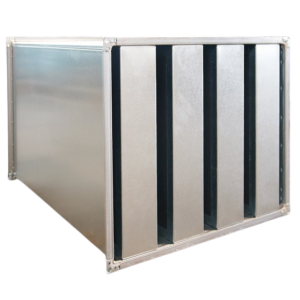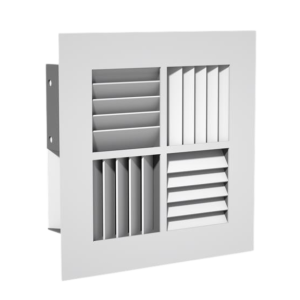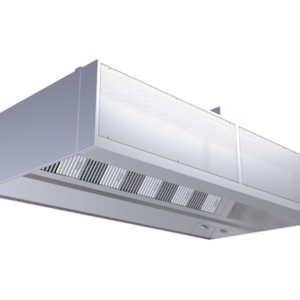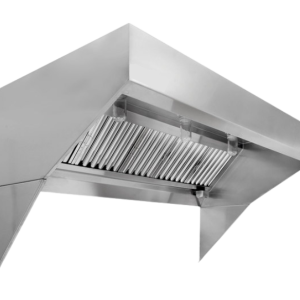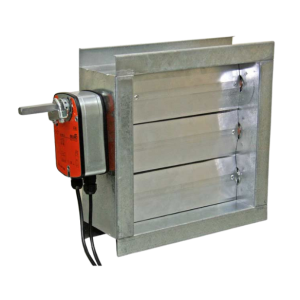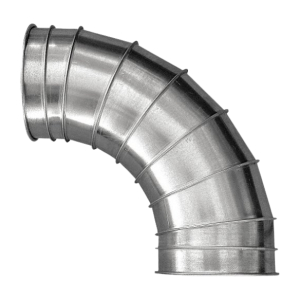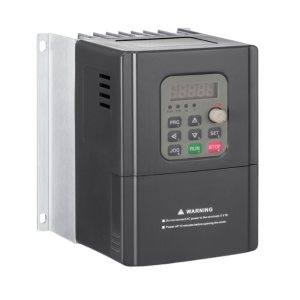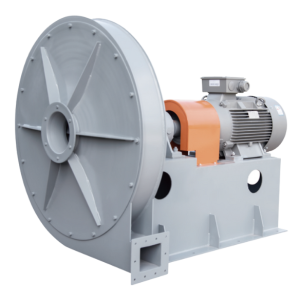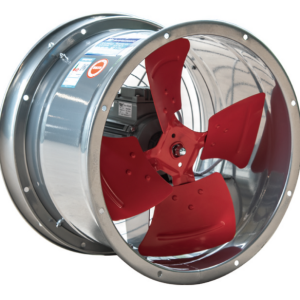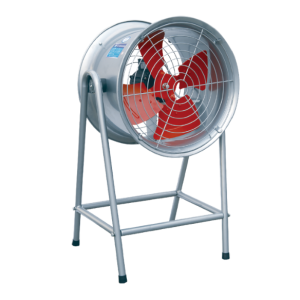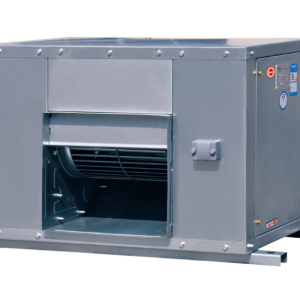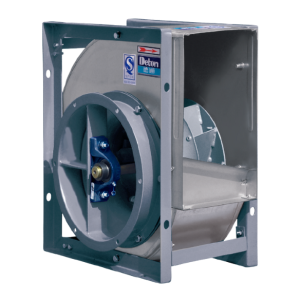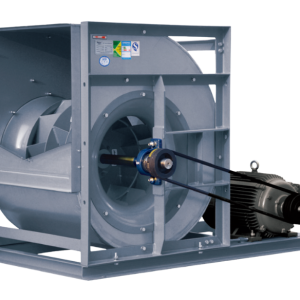Energy Efficiency in Cooling, Heating and Air Conditioning solutions
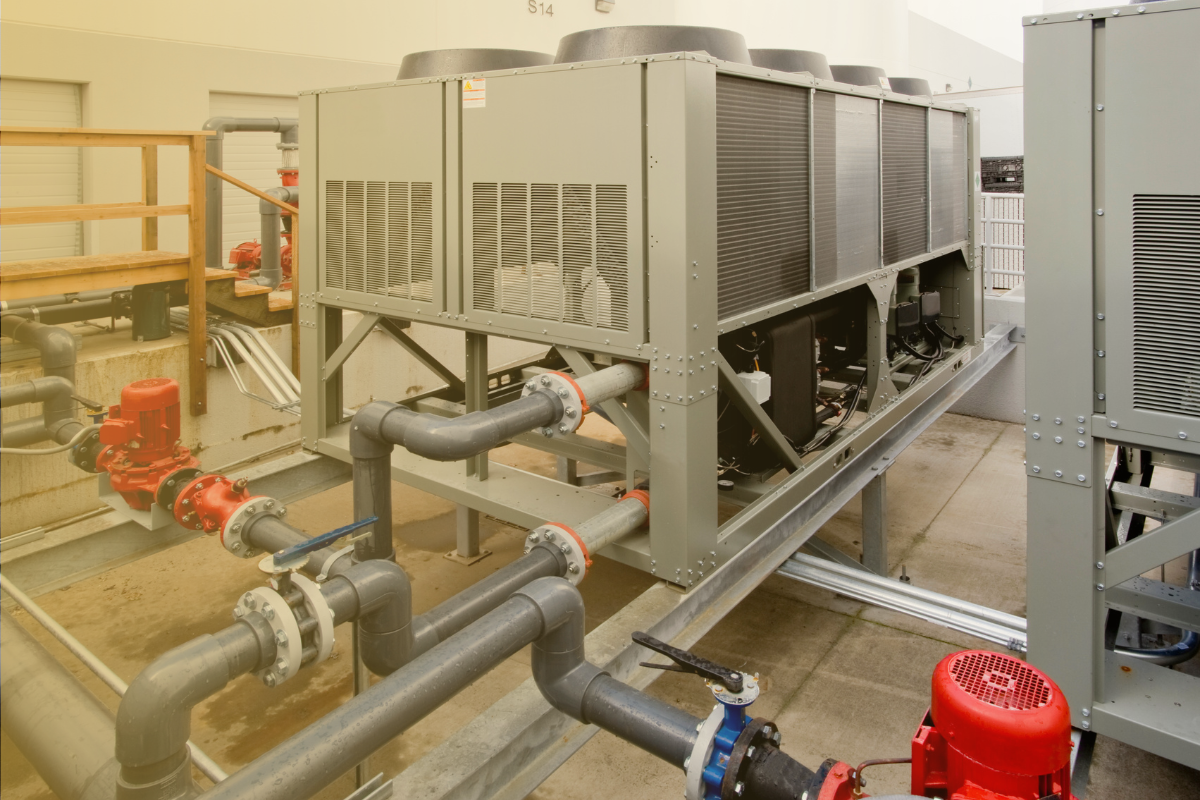
For a number of reasons, energy efficiency is beneficial in cooling, heating, and air conditioning solutions. When it comes to running a business, energy efficiency will have an impact on the company’s bottom line. The reduction of energy waste will reduce your energy expenditures and carbon emissions, saving your business money over the long haul.
Air conditioning, heating, and cooling can be made more efficient by monitoring their energy consumption properly. Several methods can be used to evaluate energy usage in heating and cooling applications. Every method evaluates energy efficiency in its own way, so remember to use each one in accordance with your needs.
Method 1: SEER / SCOP
COP (heat pumps) and EER (chillers) were the first indices established for measuring and comparing energy efficiency. Despite this, these indices only measure the effect at full load, making them less useful in comfort applications, as load fluctuates considerably throughout the year.
SEER and SCOP, developed by the European Commission, indicate the legal levels for energy efficiency, which are also helpful when comparing products made by different manufacturers. In spite of this, the indexes do not consider different ambient conditions or user needs, and do not provide an indication as to how well the units perform in real-world scenarios.
Method 2: Estimated energy consumption
Calculating the energy consumption will allow you to gain a better idea of how well the unit will perform. Basically, this number depends on 2 things: a city profile, which takes into account the physical conditions of your location; and a load profile, which takes into account the way the machine will be used. Customers can test different configurations using a software tool. Results obtained from simulations done are estimated energy consumption numbers. These numbers are mostly reliable, but often differ from the actual performance of the unit in reality.
Related Article: Improving Indoor Air Quality In Your Building
Method 3: Measurements performed on site
A site measurement of the system is necessary to get precise results regarding its energy consumption. Every manufacturer offers measurement tools as an option. By measuring and comparing performance over time, you will be able to see how aging affects the unit being monitored. Onsite measurement is the only way to assess how the unit actually performs.
So, basically, energy performance can be evaluated in three ways, and each one has a specific target and scope. But whichever method you need to use, Sole Prince Engineering has the necessary knowledge to implement a thorough maintenance plan that will ensure optimal performance of your HVAC systems and install frequent inspections to help new and existing commercial building achieve excellent air quality through our HVAC systems and maintain energy efficiency.
Contact us today. Any product, technical query, or unique request will be promptly handled by our technical specialists.
ABOUT SOLE PRINCE ENGINEERING
Sole Prince Engineering manufactures its products in an ethical and eco-friendly manner. We use the best materials to the highest specifications, certificated and fully traceable. Delivering outstanding customer service is embedded in our company culture and strongly believe in achieving excellence together with our partners.


